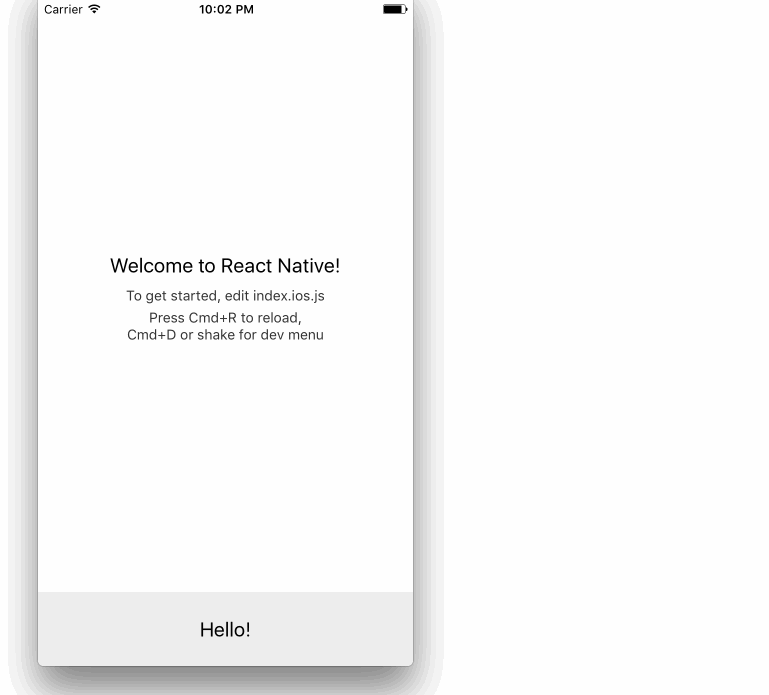react-native-responsive-styles
React Native styles that respond to device orientation change
How-to
Installation:
npm i --save react-native-responsive-styles
This library depends on walmartlabs/react-native-orientation-listener, which contains native dependencies for iOS and Android. Link them with:
react-native link react-native-orientation-listener
You can now import StyleSheet and any React components from react-native-responsive-styles instead of react-native:
;You can then define custom style properties for landscape and portrait orientations:
const styles = StyleSheet;Usage of StyleSheet.create is not required. Plain style objects will work as well, as long as you use the React components from this package.
That's it!
Demo

Advanced features
Animate transitions
You can apply a LayoutAnimation to orientation changes. Valid animation values are spring, linear and easeInEaseOut.
StyleSheet;The default behaviour is no animation, but configuring one is recommended to avoid visual glitches when rearranging elements.
Make your custom components responsive
To add support for orientation-specific styles to your own components or other third-party components, wrap them in a higher-order component with makeResponsive:
;; ; CustomComponent;In most cases this should not be required. You can simply nest your component in a responsive View.
Hiding elements
A common use case is to hide an element entirely in one orientation. You can use StyleSheet.hidden for that:
const styles = StyleSheetPlease note
This project is in a pre-release state. The API may be considered relatively stable, but changes may still occur.


